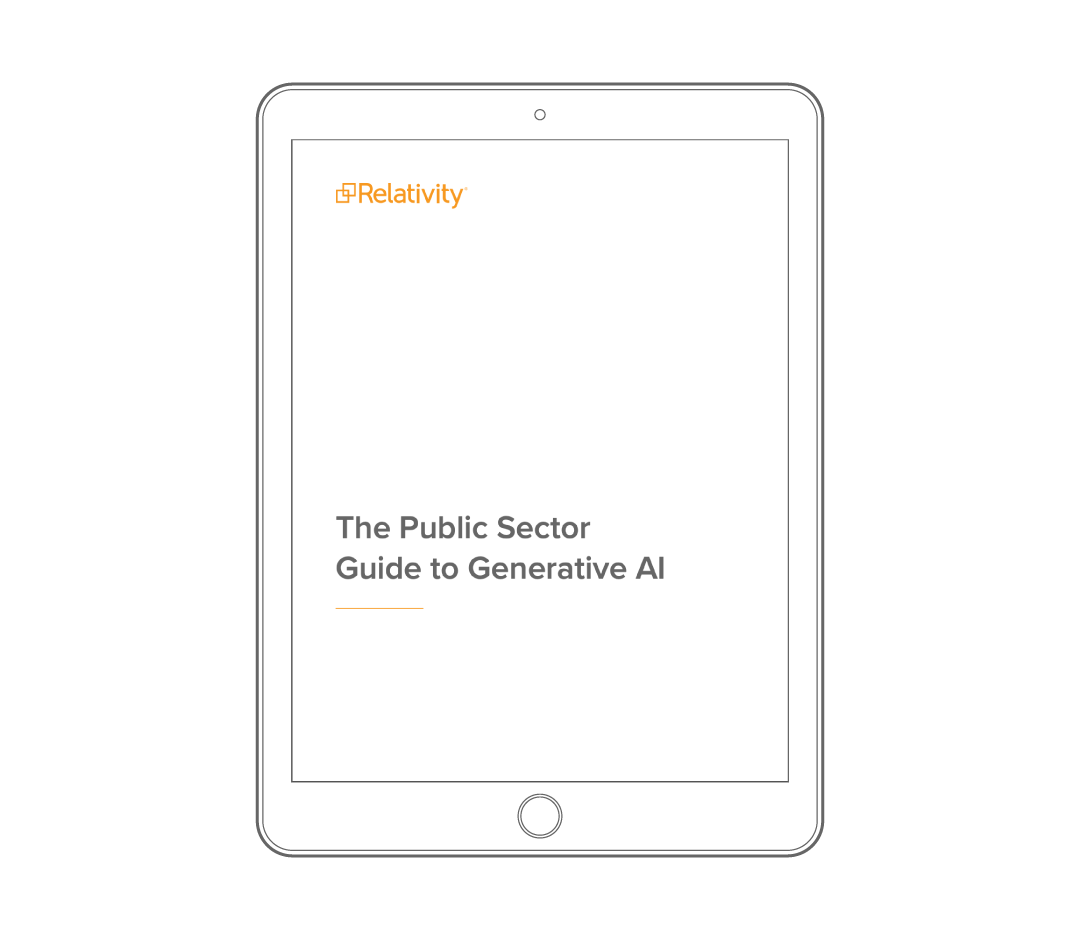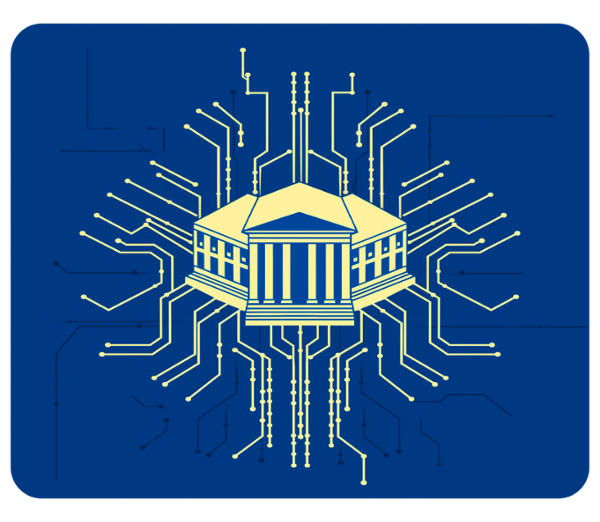Imagine a government agency preparing for a high-stakes investigation while managing multiple regulatory reviews and ongoing litigation. Each matter involves terabytes of data—emails, chat logs, contracts, and sensitive records—spread across dozens of systems. Legal teams must identify relevant information quickly, ensure compliance with strict disclosure rules, and maintain defensibility under intense public scrutiny. The complexity is staggering: timelines are compressed, risks are high, and the margin for error is zero.
This is the reality of managing modern Legal Data Intelligence (LDI) projects in the government space. Agencies are navigating a surge of interconnected challenges: cybersecurity breaches, regulatory audits, internal investigations, and litigation demands. Data volumes are exploding, and manual processes can’t keep pace. IDC predicts global data creation will reach nearly 400 zettabytes by 2028, amplifying the urgency for intelligent automation.
To keep pace, government leaders are turning to technologies that improve efficiency and help agencies reinforce trust. Generative AI has quickly evolved from a conceptual innovation into a practical enabler—streamlining document review, data classification, and public records processing. By automating repeatable tasks, gen AI allows public sector teams to redirect time and expertise toward mission-critical priorities, strategic decision making, and citizen engagement.
Responsible AI: Innovation Built on Trust and Governance
In the public sector, innovation carries additional weight: the responsibility to maintain public trust. Every emerging technology must meet the highest standards of data security, legal defensibility, and ethical integrity.
For this reason, public sector decision makers are tasked with a higher standard of choice when it comes to their investments in, and use of, enterprise software. Innovation is essential when it comes to efficiency and ROI opportunities, but overhyped features that can’t meet those higher standards just won’t cut it.
The Broader Public Sector AI Shift: From Manual Review to Mission Impact
The result of this broader shift across government? AI is becoming integral to how public institutions manage legal data, compliance, and public engagement.
Agencies are already using gen AI to:
- Speed up document review for a variety of use cases, like litigation and investigations.
- Accelerate FOIA responses and reduce processing times.
- Improve legal data search, sentiment analysis, and internal audit functions.
- Enhance cybersecurity and breach investigation workflows.
The data shows this transformation, too. NASCIO’s 2025 State CIO Survey lists AI as a top-three strategic priority for state governments seeking modernization and operational efficiency. And Gartner projects that prompt engineering and AI agents will reach mainstream adoption in the public sector within two to five years.
The implication is clear: the ability to manage, protect, and interpret vast amounts of data through intelligent automation is now critical. AI doesn’t replace human expertise; it amplifies it. By handling repetitive and time-consuming tasks, generative AI empowers public servants to focus on strategic priorities and outcomes that matter most to citizens.
Major Relativity Fest 2025 Announcements
Relativity’s roadmap for our public sector community reflects this shift. At Relativity Fest 2025, we introduced major advances that redefine how public sector teams can use gen AI to deliver on the transparency and compliance government work requires.
One of the most significant announcements is that Relativity aiR for Review is now fully integrated into our RelativityOne Government offering. aiR for Privilege and aiR Assist will also be integrated in the offering once available in 2026. This integration extends the power of generative AI into secure, FedRAMP-authorized environments built specifically for government operations.
Watch our CEO, Phil Saunders, share his thoughts on this announcement:
Our goal is to help bring cutting-edge AI to the tools agencies already trust, thereby allowing these teams to accelerate their legal data workflows without compromising accuracy or oversight. Moving forward, these solutions will be included in our standard packaging and pricing for our cloud platform.
Preparing for a New Era of FOIA
In 2023, federal agencies reported over 200,000 backlogged FOIA requests, with some departments seeing a 40 percent year-over-year increase in volume.
Today, nearly 70 percent of new public sector workspaces in Relativity are dedicated to FOIA or public records management—a clear signal of how urgent and widespread this challenge has become. We’re eager to help you tackle it more efficiently, and our R&D teams are working on new ways to harness the power of generative AI and aiR to help agencies reduce their backlogs of FOIA requests.
Hear from Symon Shim, our Director of Product Management on our approach to supporting your FOIA projects:
With ongoing input from our public sector community of users, we're driving progress to help agencies meet growing transparency demands by automating prioritization, classification, and redaction workflows, reducing backlogs, and improving responsiveness.
Looking Ahead: Built for Accountability, Designed for Action
Generative AI is reshaping the public sector’s approach to transparency, compliance, and service delivery. As agencies navigate this landscape, vendors and partners must understand the opportunities and the obligations that come with it and be ready to offer a community of support.
Relativity’s commitment to the public sector is strong. Our efforts at maintaining high standards of defensibility, security, and trust—and building the community modern agencies need to succeed in confronting every modern legal data challenge—aim at enabling government organizations to strengthen transparency, uphold oversight, and deliver on their missions more effectively.
Generative AI is not a temporary trend. We see it as a foundational shift in how agencies will fulfill their missions for years to come. And with trusted partners and responsible frameworks, this shift can drive measurable impact: faster service, greater transparency, and renewed public confidence.
Taking the Next Step Forward
To help your agency prepare for this next chapter, download The Public Sector Guide to Generative AI—a practical resource exploring how AI can support transparency, compliance, and mission impact. And if you have any questions about RelativityOne Government and how it might support your team, please reach out at any time.
Graphics for this article were created by Kael Rose.












